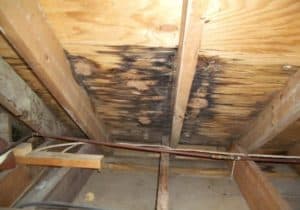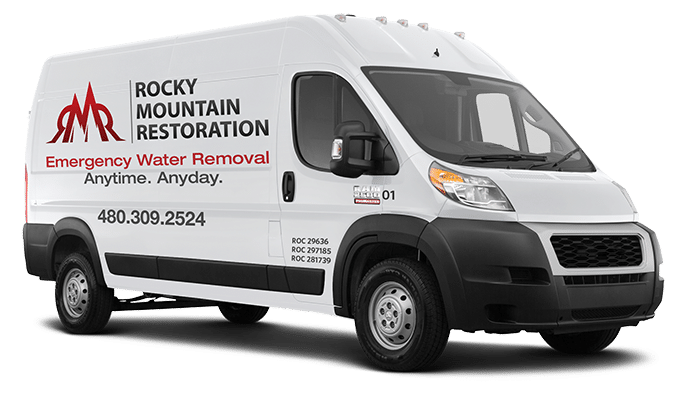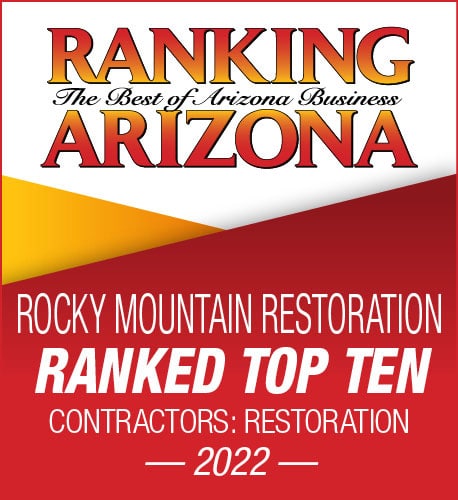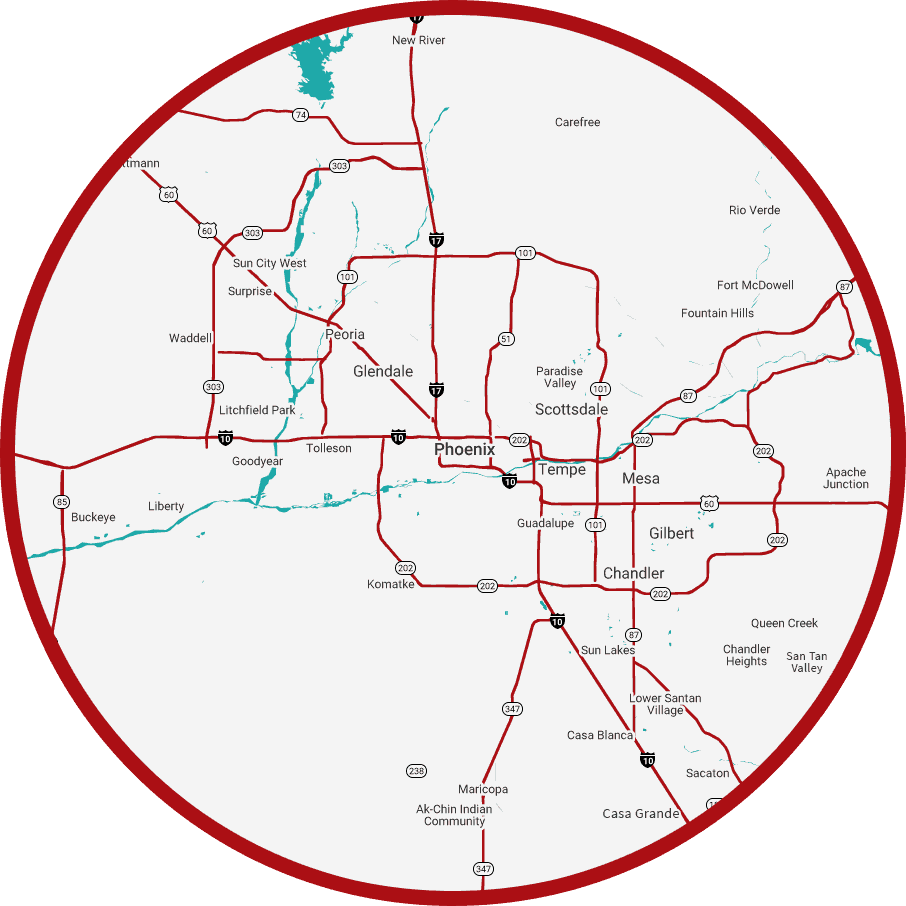
Chimneys
Yes, you read that correctly. Mold likes to live in chimneys. But don’t chimneys become hot as combustible gases escape? Sure they do, but chimneys are also dark and if you burn wood, the soot that accumulates provides the organic matter needed for growth. However, brick crevices in chimneys also collect water, especially if there is a rusted chimney cap at the top that lets in additional rainwater. The interior of chimneys, of course, are dark. Regular cleanings by a chimney sweep will eliminate mold as well as dangerous creosote.
Window Sashes and Seals
Window panes and the areas around them are some of the most humid areas in your home. Condensation appearing on windows is an ideal place for mold to grow, as is the area between double pane windows when the seal is old and broken. Replace broken seals and old windows and make sure that windows and sashes are kept clean.
Cavity Walls
Cavity walls, or the the other side of your drywall, are some of the most common places for mold growth, which can go undetected for years unless a wall is opened for remodeling or for another reason. Water can infiltrate interior cavities in a variety of ways. In addition to soaked baseboards and drywall that can occur during a flood, water can infiltrate via leaks that can occur from roofs and mechanical systems, while cracks on interior and exterior surfaces can also let water in.
HVAC Systems
Multiple areas in your building’s HVAC system can harbor mold growth, particularly ductwork. Other areas in the system are prone too, particularly condensate pans located downstream from system cooling coils that can become clogged with dirt and debris in addition to water. Mold can also accumulate on terminal units and system grills.
If you think you have a mold problem or smell mold in your home or business and are in the Phoenix, AZ metro area call our mold removal experts at 480-309-2524












